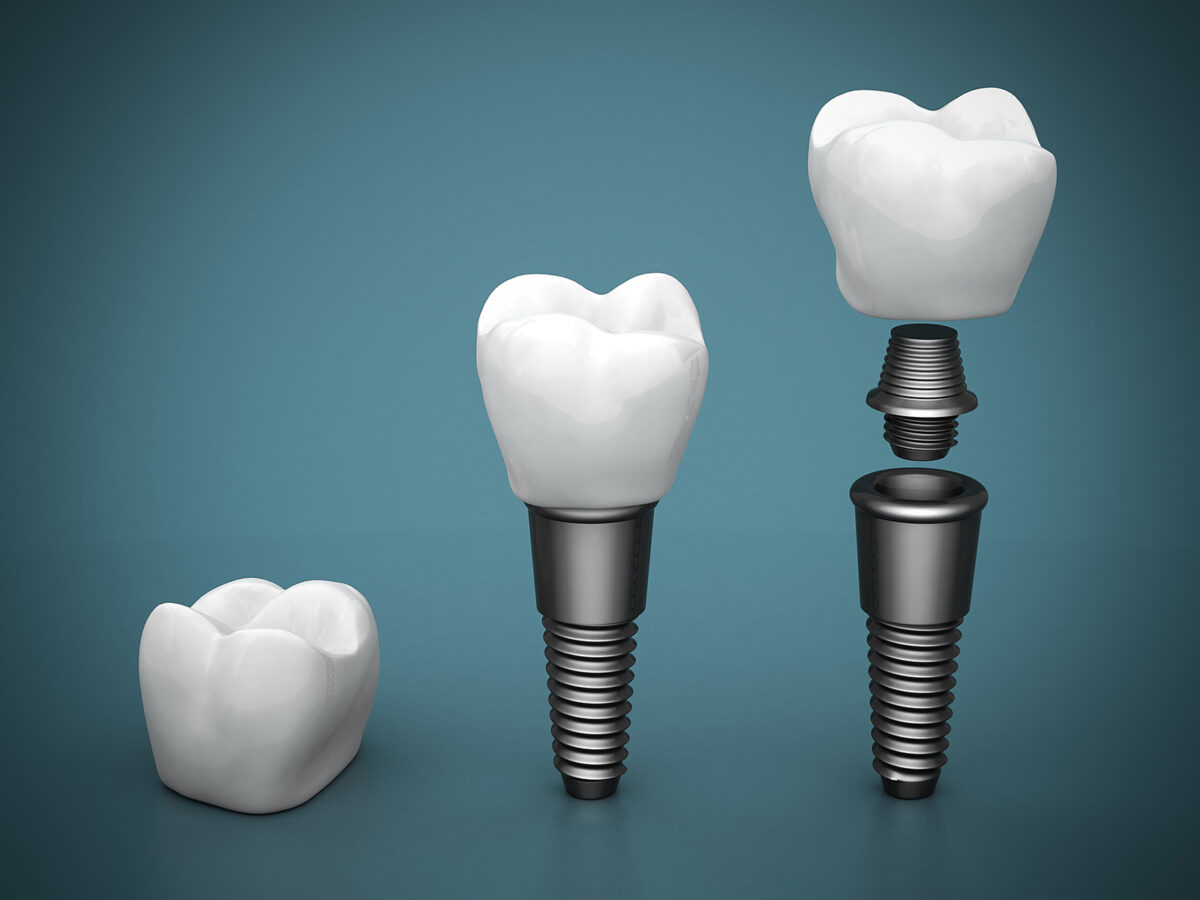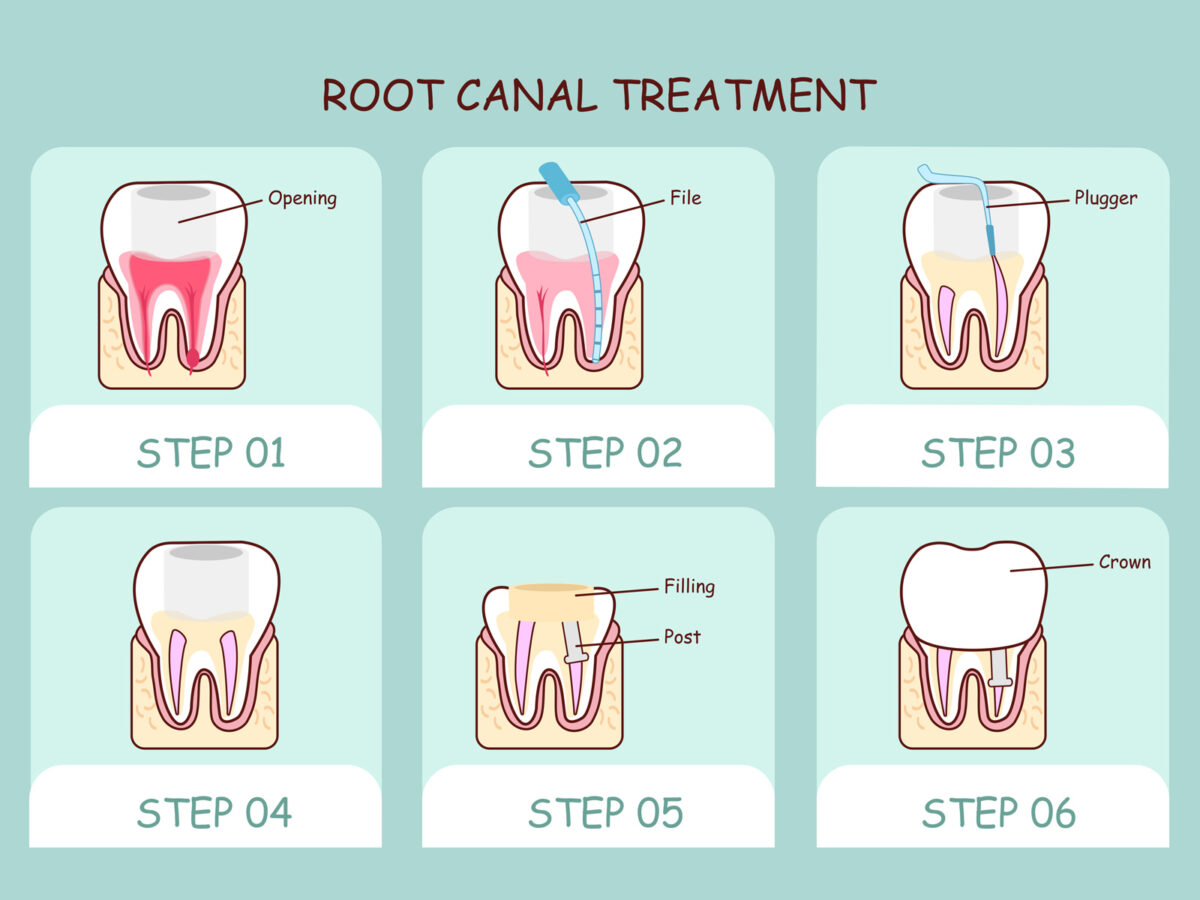A dental implant’s abutment serves as a base for your crown after it has been installed by your dentist. With one side attached to your jawbone and the other fitting onto the crown, it serves exclusively as a connector.
Titanium is one of the most common materials used for abutments, but zirconia and gold can also be used. Zirconia is especially popular since it is similar to the color of your natural teeth. It is therefore less noticeable within your mouth than titanium.
Fitting the Abutments
There are two types of dental implants that can be attached to your jawbone by your dentist. It takes about six months for gum tissue to heal around the abutments. In order to fit the crown, your dentist will cut the gums open.
Attaching a healing abutment is the second option. In addition to being attached to the external surface of the implant, the healing cuff also occupies space within the implant. The implant is much wider than the crown, and the crown can be fitted over it while the gums heal. Healing cuffs are often preferred by patients since they eliminate the need for additional surgeries.
The healing cuff is removed after your dental implant has completely fused with your jawbone. A crown will then be placed. Because the space created by the healing cuff doesn’t always match the size of the crown, your gums might need to be reshaped.
Healing Abutments – Why you may need them
Unlike implants, which are placed below your gums, Abutments are placed above them. Hence, some people choose not to undergo healing implants because they do not wish to have the abutment protruding through their gums while they wait for the implants to bond with their jaws.
Multiple surgeries can be avoided with healing cuffs. Otherwise, your dentist would have to reopen your gums again once the implant has fused to your jawbone in order to attach the crown. In the case of the healing abutment, the gums around the crown need to be reshaped to ensure a natural fit.
Dental Implant and the Crown
A crown is a dental prosthetic that resembles a natural tooth. The crown attaches to the implant via an abutment. The crown is secured to the implant with dental cement. Connecting the crown to the implant is relatively simple after the implant has been installed.
Schedule your appointment with a dentist today and get the treatment on time!



